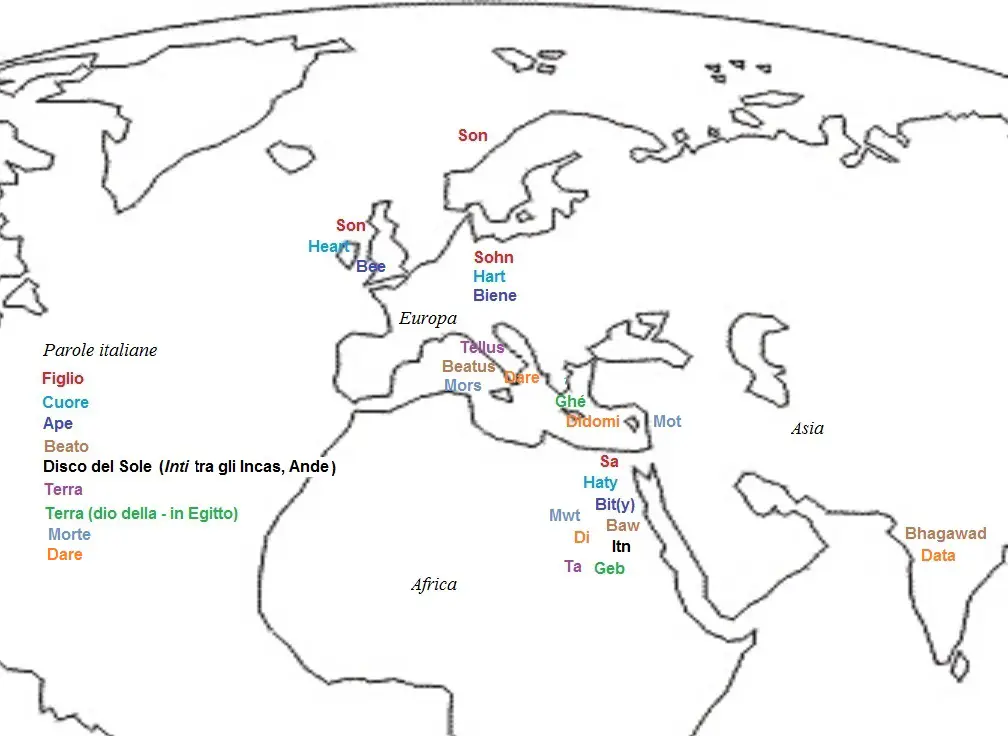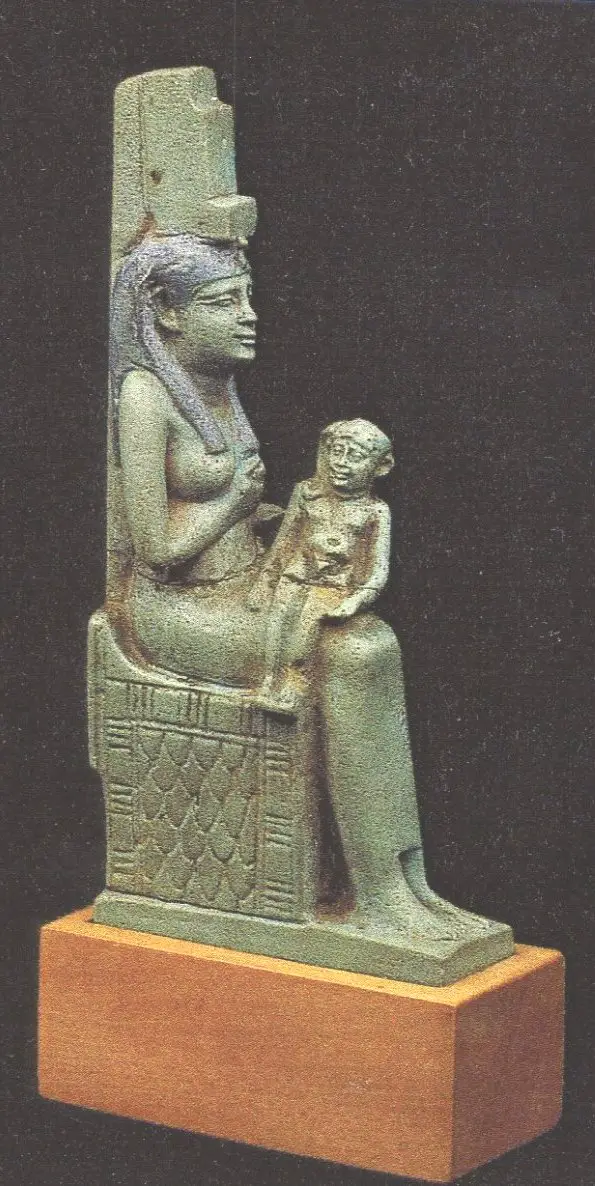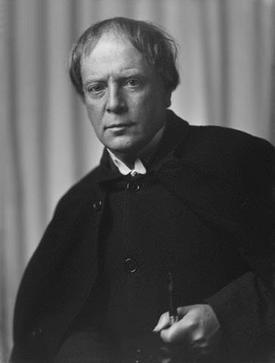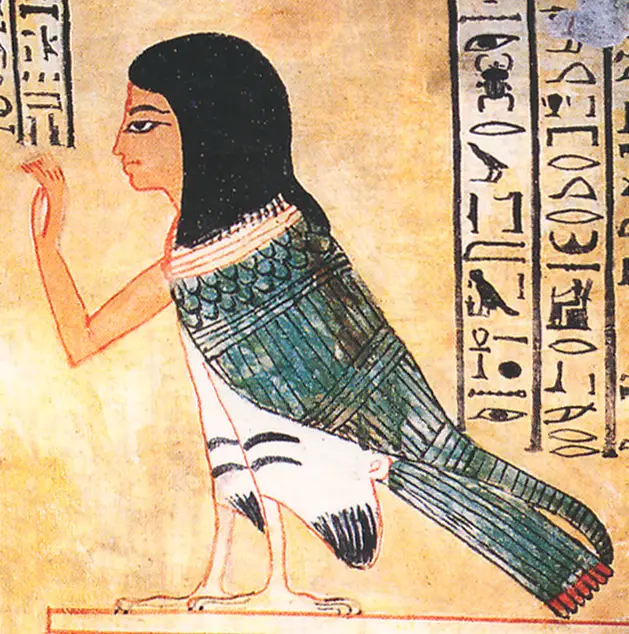The examination of the hieroglyphs reveals to the reader interesting implications, sometimes assonances and possible linguistic roots common between different and distant civilizations, as well as the spiritual, psychological, socio-cultural coordinates on which the average man of ancient Egypt oriented his decisions, the his relationship with himself, with nature, with others and with the pharaoh, the way of understanding religion and death.
di Pier Vittorio Formichetti
review to Primavera Fisogni, In the sign of thought: as the ancient Egyptians thought, Cosenza, Santelli, 2019
I part of II
In the name of thought. As the ancient Egyptians thought it is an original and in-depth "philosophical investigation" into the mentality of the people who formed the great and millenary civilization of the Nile. The author, Spring Fisogni, is a professional journalist at "La Provincia di Como", a philologist by training and Philosophiae Doctor in Metaphysics at the Pontifical University of Santa Croce in Rome, but he has added to his profession a mass of studies and cultural interests ranging from Egyptology to the Hebrew language, from psychology to socio-anthropological studies on jihadism as an overthrow of the authentic Islamic relationship with the Sacred (among his publications: Terrorists. The person in subversive action, Rome 2004; Dehumanization of Terrorists. Similarities and Differences with Mental Diseases, in "Journal of Psychiatry", 2010; The drying up of the person as a loss of inclination towards good. Comparison of phenomenology and metaphysics, in “Studii Tomiste”, 2012; Dehumanization and Human Fragility, London 2013; Postcards from the Hell. Evil and Islamic State, in Terrorism in the Global Village, USA 2016, published in Italian with the title Postcards from hell. The phenomenology of evil in the Islamic State, Lucca 2017).
Research, first prize in the Nonfiction section of the InediTo-Colline di Torino 2019 Award, is based both on Egyptian sources (hieroglyphic texts on papyri, paintings on walls, engraved on statues and monuments), and on the studies of specialists, making it clear, for example, that on Egyptian civilization there is a line of studies of the 90s entirely African (given the geographical position of Egypt), represented by names such as Théophile Obenga and Maulana Karenga (but having roots in the years of decolonization with Cheikh Anta Diop), of which it seems there are no Italian translations, although these studies are perhaps more in-depth than the European ones and certainly more than the Italian ones (the Angolan José do Nascimento recently wrote on the autochthonous contribution to the origins of Egypt History of the African continent. A rational and concise reading). In the name of thought therefore it cannot be a flowing text, but it manages to make them clear to the reader spiritual, psychological, socio-cultural coordinates on which the average man of ancient Egypt oriented his decisions, his relationship with himself, with nature, with others and with the pharaoh, the way of understanding religion and death.

The examination of the hieroglyphs makes the reader discover interesting implications, sometimes assonances and possible linguistic roots common between different and distant civilizations. For example the Egyptian verb di, "To give, to give, to cause", similar to the Greek root didomi with the same meaning, in Latin give, donum (gift), to Sanskrit date, "Donor". There is the case of the verb ḫm, «Ignore», which is distinguished from the title hm, "Majesty" (reserved for the pharaoh) only for a difference in pronunciation (indicated by the different diacritical sign under the H in the transliteration in Western characters) and which translated literally is "know-no", with the negation after the verb, such as for example in German (ich haben nicht, "Io ho-no": I do not have) and in the Milanese dialects (hard no, does not last) and Turin (mì you know nen, "I know-no": I don't know). The term for "perfect soul", baw - applied both to the souls of the dead and, sometimes, to the gods - it is similar to Sanskrit bhagavad and to Latin beatus, all with the meaning of "righteous soul". The Egyptian term mwt, which means "death" and is also a noun adjective (mwtw, the dead), recalls Mot, a mythological figure in the Syro-Phoenician myth of the challenge between Death and the god Baal [1].
The most striking examples of these similarities are two: the hieroglyph for "city", which includes a disk divided into four equal quarters corresponding to the cardinal points, exactly as the territory inhabited by the ancient Indians was divided [2]; is the name of the solar disk, Itn (hence the divine name Aten), very similar to Inti, the name of the Sun among the Incas. The name with which the ancient Egyptians indicated their country, Kemet, from kemi, "Black", which he defined the blackish mud left by the floods of the Nile - from which the Arabic will also derive kimiya, from which al-kimiya and our "alchemy" and "chemistry" [3] - is similar to the Hebrew Ham, the name of the second son of Noah, from whom, according to the Hebrews, the Egyptians and the black-skinned peoples descended. Egypt and the Meso- and South American civilizations were also united by surprising astronomical and building-engineering skills: one therefore wonders if some protohistoric ties between the two distant civilizations are "fanta-archaeological" lucubrations or have actually existed and today only vague traces of it have remained in the linguistic and mythological similarities.

The Author sometimes dwells on the links between Egyptian culture and language with the Hebrew context. For example, the verb rḫ, "To know" is understood in a similar way to how the Hebrews understood the verb yada, that is, getting to know someone or something thanks to personal vision-experience; it is also the biblical "knowing" that indicates sexual intercourse. The Hebrew verb yada ends with the vowel ritual which symbolizes, and sometimes translates, the word "eye", from which a popular verb among Italian Jews is also derived: ajnar, look, take a look, in phrases like najna el ben, "Take a look at the child" ( in Hebrew means son) [4].
One of the main Egyptian hieroglyphs to indicate sight-knowledge was precisely the eye without makeup or the hawk's eye., wdat, a word similar to Sanskrit video (knowledge) and Latin video lesson (see, see). Intuitive intelligence, ḫmt, it was instead intended as a penetration into the reality examined, and therefore it was represented in the hieroglyph of the erect penis (also in 700th century French penetration it was synonymous with intelligence, and still today we say "penetrating intelligence"). The erect penis in the act of ejaculation meant instead "being in the presence of a superiority", and this recalls the position of one who prayed standing and with open arms, which some believe is stylized in the fifteenth Germanic-Scandinavian rune, Madr or Algiz, "Protection," and that was also the pose of the ancient Christians before genuflection spread.

The concluding sentence of a dialogue between ancient Egyptians could have been "Gmi 'k nfr", That is" you have read well "," you have understood perfectly ", where the adverb nfr is equivalent to the adjective nefer, "Beautiful" or "perfect", known for the presence in the name of the famous queen Nefertiti (which in fact means "the Beauty has arrived" [5]). So nefer e nfr they had a double meaning, "beautiful" and "good", like the Greek kalos, "Beautiful" in not only aesthetic but also intellectual or moral meaning, also present in the dialects of southern Italy, historically influenced by the Greek language because it was a Byzantine territory in late antiquity and early medieval times [6].
The term is also interesting st, which indicated the site, the headquarters, the physical place of someone or something (and in fact it resembles the Latin counterparts situs e headquarters), and probably has a connection with aset o ESET, which means "throne" (site / place of the king) and is at the origin of the name of Isis, the great goddess, mother of Horus. Isis seat / throne of a god recalls a Christian title of the Virgin Mary at the Greek Orthodox Church: é Chóra tou Achorétou, "The Site of Him who has no site" since Christ, as God, is not in any particular place but in all [7]. St is found for example in the sentence St-ib, "Seat of the heart", that is, the center of the chest on which it was placed postmortem the simulacrum of the sacred scarab. The term for "heart", ib, it's not too different from Hebrew leb (heart) and indicates the heart in its symbolic meaning as the center of emotions, thoughts and feelings, while the heart, the physical organ, was indicated with haty (curiously similar to Anglo-Saxon: German Hart, English heart) which, over time, will also express the psychological and spiritual meanings of ib.

The thoughts and feelings of the Egyptian man, according to what emerges from the texts examined by the Author, revolved around a fundamental belief: individual righteousness and social order were guaranteed by adhering to one's "follower" status (smsw) of a common higher principle [8]:
«In ancient Egyptian civilization the dimension of man as a follower prevails. In the Kemet horizon we find a type of homo traveler - Egyptian, smsw - who is not an adventurous explorer of possibilities, but above all a follower. Before him there is a lord, the sovereign, whose leadership it has divine roots and that, for this reason, it can validly trace a course within which to channel one's steps. Although the pharaoh occupies an immeasurable anthropological level compared to that of his subjects and even that of his court, the relationship between follower and lord does not originate the slave-master dialectic, because in some way it is the sovereign who is the first servant of his people. This way of proceeding allows for righteousness, order, certainty of stability: on the contrary, wandering without a guide opens up the prospect of chaos, with disastrous consequences for the individual as well as for the State. »
Egyptian society therefore had a traditional character, but it implied an aspect that was ignored or omitted in the description of traditional societies, which Primavera Fisogni addresses instead. Although this society was class and hierarchical, the mentality of its members did not offer ground to the slave-master dialectic and the ideological-social dynamics derived from it. While in the Marxian dialectic - writes the Author - the servant and the master are placed in conflict by a third element, work, acted by the servant but enjoyed by the master, in the Egyptian (and, in a broad sense, traditional) order the worker The subject and the king, despite the abysmal reciprocal differences, perceive that they belong to the same world and that they are following a common path in it. A traditional society such as this, while characterized by relative fixity, represents a model of an organic, "systemic" society, where an interaction between the parts is possible precisely because the parts are different from each other, but each recognizes the function of the others. An idea of a traditional order similar to the Egyptian one - that is, which implies the need for a guide worthy of being followed - is found in the surprising ending of a story between the mystery and the horror of Arthur Machen (1863-1947), The terror [9]:
“On the one hand there was supremacy, on the other there was submission. But at the same time there was between the two parties that cordiality which in a well-organized state exists between subjects and masters. […] Nobleman and peasant were able to get by in perfect harmony precisely because the nobleman knew he was noble and the peasant knew he was a peasant. If the former had had some torments of conscience for the fact that he was noble and the peasant had begun to wonder why he too could not be noble, I am sure that their relationships would have been difficult, unpleasant and perhaps even gory. »

A model of society certainly idealized in a conservative sense, but which clearly highlights, by contrast, the negative sides of our industrial and mass media society, marked by the fatal consequences of the intertwining of the slave-master dialectic, social Darwinism and ethical individualism . Among the ancient Egyptians, human nature, far from being conceived only or mainly in relativistic and socio-economic terms, is entirely knowable only by taking into account its destiny postmortem. From the metaphysical point of view, therefore, In the name of thought it may perhaps also integrate the thanatology, that is, the history of the mentality applied to death [10], based on the studies of Philippe Ariès (1914-1984), Norbert Elias (1897-1990), Alberto Tenenti (1924-2002), Jean-Pierre Vernant (1914-2007) and Michel Vovelle (1933-2018) which, however, are limited to the West from Greek antiquity onwards.
Egyptian human nature is composed of five elements whose qualities make them not easily definable: two physical elements, theẖt, the physical body, and the sht o šwf, translated as "shadow", a residue of the materiality of the dead person, which follows him into the afterlife; and three spiritual elements: the ka, the individual soul in its sensory aspect (loosely corresponding to the nefesh of Judaism); the ba, the individual soul in its sentimental and intellectual aspect (vaguely similar to the master interior Augustinian); and it sḥw, a kind of subtle body that subsists after the person's death together with the mummified body. The individual, the synthesis of these material and spiritual dimensions, was indicated by the term rn, translatable as name, person, human subject: "a sort of synthesis of his faculties, of his social being, of being embodied in a body that is, at the same time, the fulcrum of out-of-body activities / functions" [11]; rn it also indicated the individual's proper name and the appellations that define his social identity.

Il ba and ka together they make up the incorporeal spiritual being, called aẖ, vaguely translatable as "soul" or "principle of animation". The ka it has sometimes been indicated by scholars as the "double" of the deceased person, and in part recalls the conception of the soul of Tertullian (ca. 160-220) in the Christian sphere: a èidolon (in Greek "image", hence our "idol") living with its own life, not absolutely spiritual but made up of extremely rarefied matter, internal to the physical body and therefore smaller in size (cf. Tertullian, of cheers, IX, 4), but of identical appearance, and detaches from it at the moment of death.
Il ka but it is different from the soul /èidolon tertullianea because it remains for eternity next to the body of the deceased, can only move away within a limit of space, and feeds on the offerings of food both painted on the walls of the tomb, and authentic, buried together with the body: it is therefore the sensual and sensorial aspect of the soul. Il ba, on the other hand, it can fly without limits in any direction (therefore his hieroglyph was a bird with a human head), but when night falls he returns to the tomb next to the body of the dead to "guard" it. The ba it represents the whole of the higher faculties of the soul, the feelings and the thought, the conscience of the person [12]:
«In funerary literature (texts, inscriptions), the ba looks like thealter ego of the dead. But at the same time, the ba summarizes all the characteristics of familiarity, of the personal and "blood" bond, affection for the person who animates, listening to his concerns, the attitude of acting as a guide (once again the lord / follower relationship is proposed again ), to the point of presenting himself as a "brother". »

It is therefore not a "double" of the individual, but "the personal interiority of the living subject, capable of folding in on itself and of feeling, in this introflexion, profoundly free from any constraint". You are even the protagonist of a sapiential text, the Dialogue of a man with his own ba, a meditation on the life and death of the late twelfth dynasty (circa 1800-1780 BC); in reality it would be impossible to speak with a part of one's soul which, according to Egyptian metaphysics, dissolves from the whole person only after death, but here it happens. This reminds the author of the introspective dialogue of Augustine of Hippo expressed in his Confessions; can therefore also remember the De secreto conflictu by Francesco Petrarca (who was inspired by Augustine and gave him the role of interlocutor of the same poet) and the famous last lines of the Roman emperor Hadrian:
Animula vagula blandula,
hospes comesque corporis,
here we have adibis in the place
pale, rigid, naked,
nec, ut soles, dabis iocos ...
with the difference that in Dialogue Egyptian the suffering protagonist finds consolation in death, while Hadrian leaves earthly life with nostalgia ("little wandering and light soul / guest and companion of the body / who will now enter places / pale, harsh and bare / without the usual amusements ... ").

The Egyptian thought on Man was therefore a real humanism - perhaps only recently discovered by popular documentaries on ancient Egypt broadcast by the mass media - which has nothing less than that of ancient Rome, although between the two civilizations there have been great differences in the way of understanding the reality of the world and of interact with it.
[end of first part - continued]
Note:
[1] Tablets from Ugarit (Syria), discovered in 1929, mentioned by prof. Natale Spineto in the History of Religions course, University of Turin - Faculty of Literature and Philosophy, AY 2004-2005.
[2] See René Guénon, Symbols of Sacred Science, Milan, Adelphi, 1990, cap. 13.
[3] Serge Hutin, The daily life of alchemists in the Middle Ages, Milan, Rizzoli, 1998 [ed. or. Paris, 1977], p. 23.
[4] Giuliana Tedeschi, The traditions of the Italian Jewsin Getting to know the Jews, City of Turin-Piedmont Region, 1982, p. 45; Synagogues: Jews in Piedmont, Rai News 24, September 2009.
[5] Transliterated also «Nofretete» in some German-language authors, eg. in Kurt Benesch, Past to be discovered, Turin, SEI, 1979 (ed. Or. Rätsel der Vergangenheit, Berlin 1977).
[6] For example, the women of the Lucanian villages visited by Carlo Levi to treat children from malaria during exile, shouted at him "How beautiful you are!" meaning "good, intelligent, full of creative impetus, capable of giving joy to others" (Christ stopped at Eboli, Postal Code. XXIV, ed. edited by Virginia Galante Garrone, Milan, Mursia, 1985).
[7] See Enzo Bianchi, introduction a Maria. Theological and spiritual texts from the XNUMXst to the XNUMXth century, Milan, "I Meridiani" Mondadori, 2000.
[8] Spring Fisogni, In the name of thought. As the ancient Egyptians thought. A philosophical investigation, typescript in the possession of the writer, 2018, p. 39.
[9] Arthur Machen, The terrorin Ghost stories. Tales of the supernatural, Turin, Einaudi, 1975.
[10] An area of which it is possible to know something thanks to two university companions whom I remember with affection: the dearest Serena Ambel (doctor in Comparative Modern Cultures and teacher) and Maria Chiara Miduri (doctor in Cultural Anthropology and Ethnology and author of The disenchantment of the world. The disappearance of the Sacred in the early modern age, Grin Verlag, 2013).
[11] Whistles, In the name of thought cit., p. 51.
[12] Ibidem, P. 56.

5 comments on “The humanism of the ancient Egyptians and its relevance (I)"